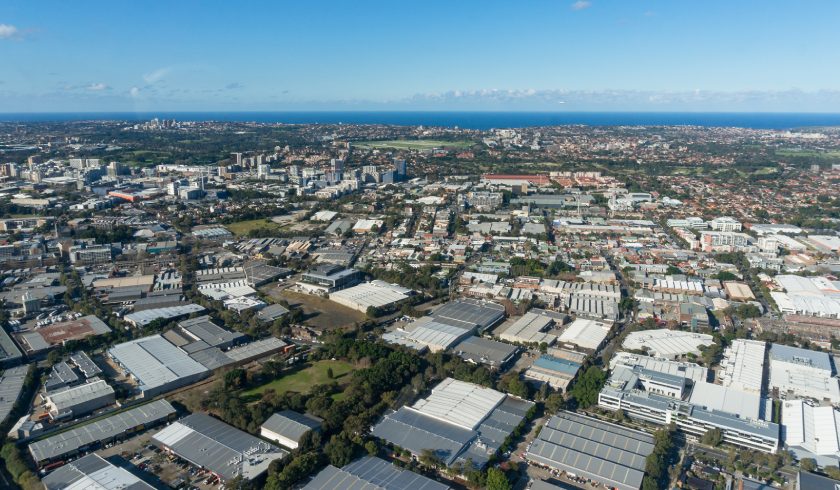Pandemic pushes Australia’s industrial property market to new high
Australia’s industrial property market is booming, and investors are scrambling to capitalise on it.

Investment and demand in Australia’s industrial property sector has been supercharged by the realities of the COVID-19 pandemic.
According to a new report by Knight Frank, the pandemic has proved to be the perfect conditions for a boom in Australia’s industrial property sector.
The push-and-pull of closed borders, a boost in infrastructure spending and increased e-commerce activity has seen demand for industrial property on Australia’s eastern coast rise 80 per cent above its long-run average, the report said.
Katy Dean, associate director of industrial research at Knight Frank Australia, revealed that “the industrial sector is going from strength to strength, and if the demand surge continues, not only will it maintain pressure on vacancies, but if it outpaces supply, rents will naturally rise.
While she noted that the recent pause in construction in NSW may have an impact on industrial property supply, the return of lockdowns in Sydney, Brisbane and Melbourne means investors should expect “a further increase in distribution and storage demand, particularly as more businesses assess safety stock levels to accommodate these future shocks”.
Knight Frank said that industrial property is now at a historical high, with a 141 per cent increase in pre-leasing activity recorded in the first quarter of 2021.
The report noted that a 23 per cent quarterly decline in the available vacant supply of industrial property for the east coast markets represented the largest such decline since Knight Frank began collecting data in 2010.
Ms Dean said that these trends “will intensify the pressure on available options, especially in those locations with already historically low vacancy levels, such as Sydney’s Outer West, Brisbane’s South and South East, Melbourne’s West and Melbourne’s South East, resulting in rent increases and further land-value growth”.
Sydney recorded the largest decline in supply, with property volume slipping 47 per cent quarter-on-quarter. Melbourne fell 23 per cent during the same period, while Brisbane’s industrial property supply shrank 9 per cent.
Knight Frank said that local developers and investors have quickly moved to take advantage of these market conditions while they can – 2.2 million square metres of new industrial property expected to be added in 2021, with another 2.1 million square metres due in 2021.
Melbourne is expected to be the biggest winner here, as it accounted for the largest share of this new supply.
Ms Dean noted that “many REITs have reported an uplift in the revaluations of their logistics assets over the last quarter and the appetite to acquire or develop assets is pushing yields to new lows in most markets”.
Knight Frank’s research found that industrial property investment volumes in 2020 reached $10 billion, a 63 per cent increase on 2019.
They added that another $8 billion in investment has been recorded in 2021 to date, “suggesting they will remain above historical averages again this year”.
“The sector has shown its resilience and growth potential since the start of the pandemic, and the investor pool is expanding rapidly,” she said.
